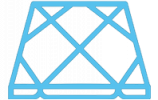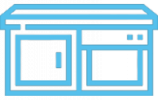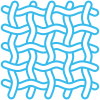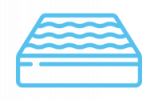The #1 Area Rug Cleaning in Orange County, CA | 300+ 5-Star Reviews!
The best Area Rug Cleaning in Orange County, CA is with OCD Home! We offer expert on-site top down cleaning and off-site full immersion rug washing in Orange County & the surrounding area.







Quality Area Rug Cleaning in Orange County, CA
At OCD Home, we specialize in professional rug cleaning, providing tailored care for any type of area rug and runners. From synthetic fibers like polyester, nylon, and polypropylene to natural materials such as wool, silk, and viscose, each rug cleaning service is designed to respect and preserve the unique characteristics of your rug.
We offer both on-site rug cleaning, perfect for regular maintenance and surface-level dirt, and off-site rug cleaning at our Rug Spa, ideal for deep cleaning and full decontamination. This includes specialized treatments for rugs with extensive pet damage or heavy staining. Our methods utilize green-certified, child- and pet-safe solutions, ensuring your peace of mind while delivering outstanding results.
Contact OCD Home today for exceptional rug cleaning services in Orange County.
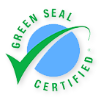
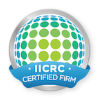
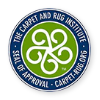
Hear About Our Area Rug Cleaning Services From Our
Orange County Neighbors
“Our mission is to deliver unparalleled cleaning results that promote health first and provide a world class service experience that’s a step above the rest, every time. We believe in creating cleaner homes for a cleaner mind… & planet.”
✨Our Amazing✨
Area Rug Cleaning Results!
Dirt, grime, and stains can deeply settle into an area rug, making them look worn and affecting their texture. Our expert cleaning process removes even the most stubborn residues using specialized cleaning solutions, gentle agitation, and advanced equipment for a thorough clean. The result? A beautiful, fresh, and revitalized rug that enhance your home’s aesthetic and extend their lifespan. Don’t just take our word for it—explore the stunning before-and-after images below, showcasing the exceptional results you can expect from our area rug cleaning service in Orange County.
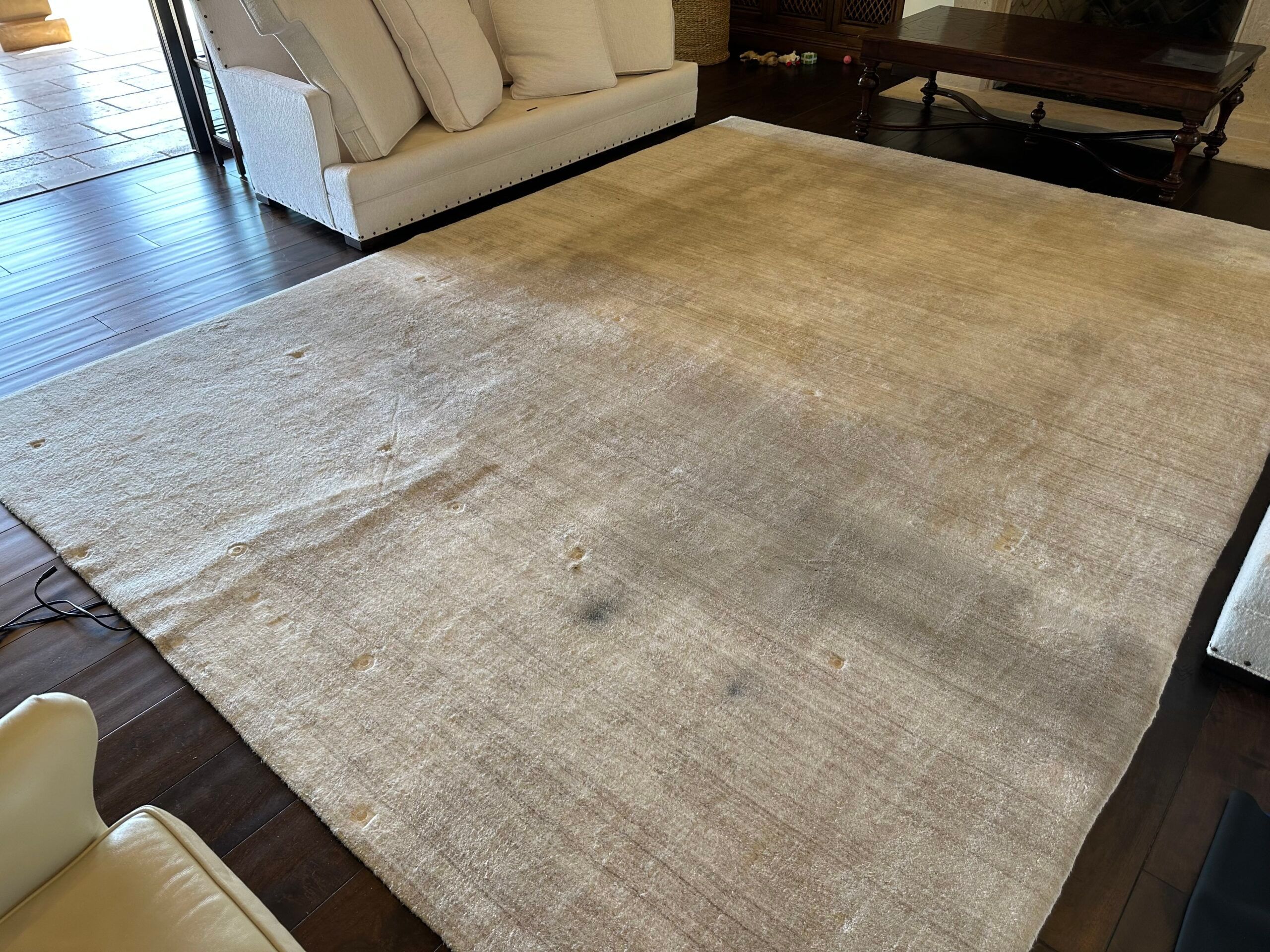


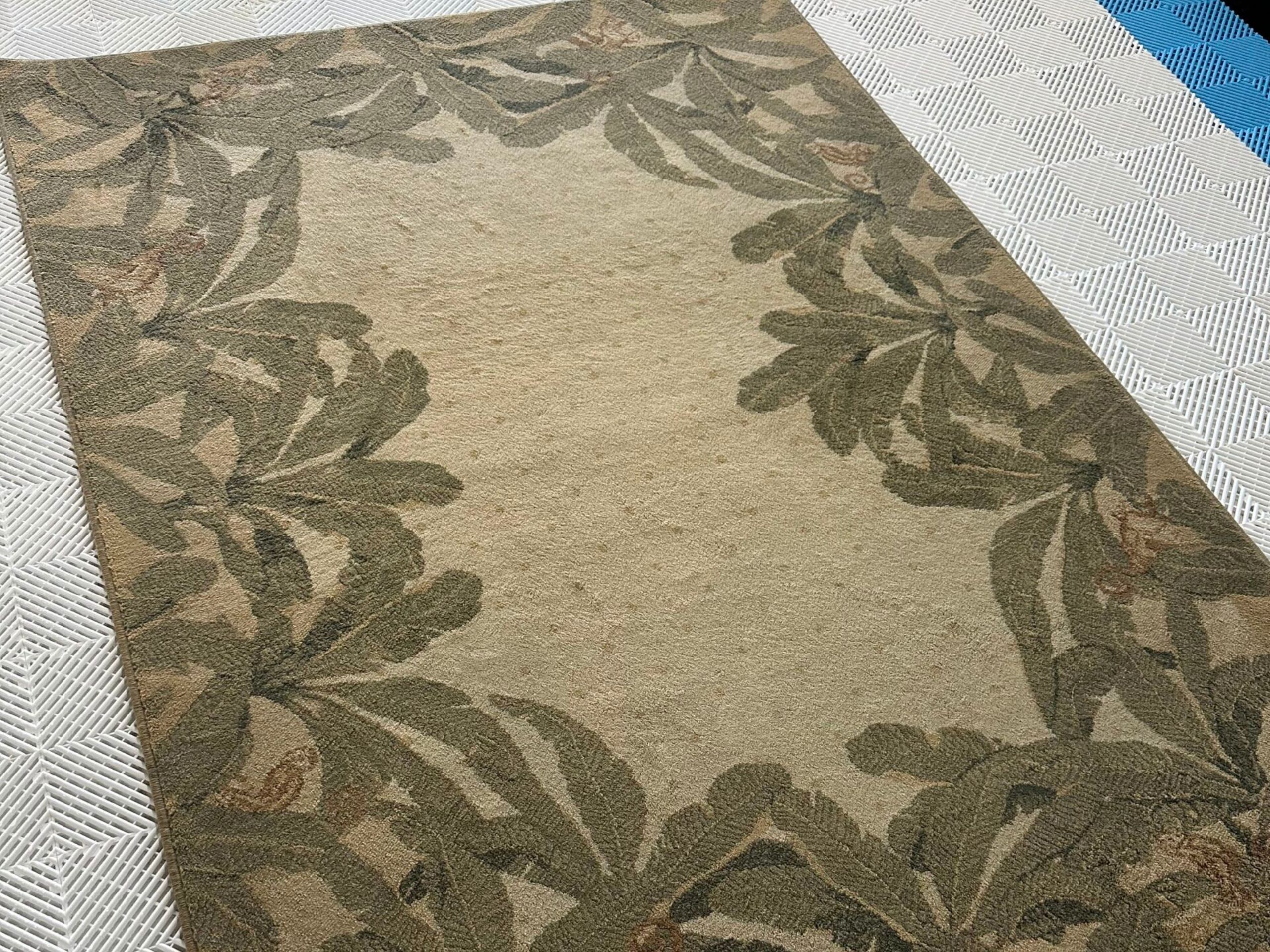

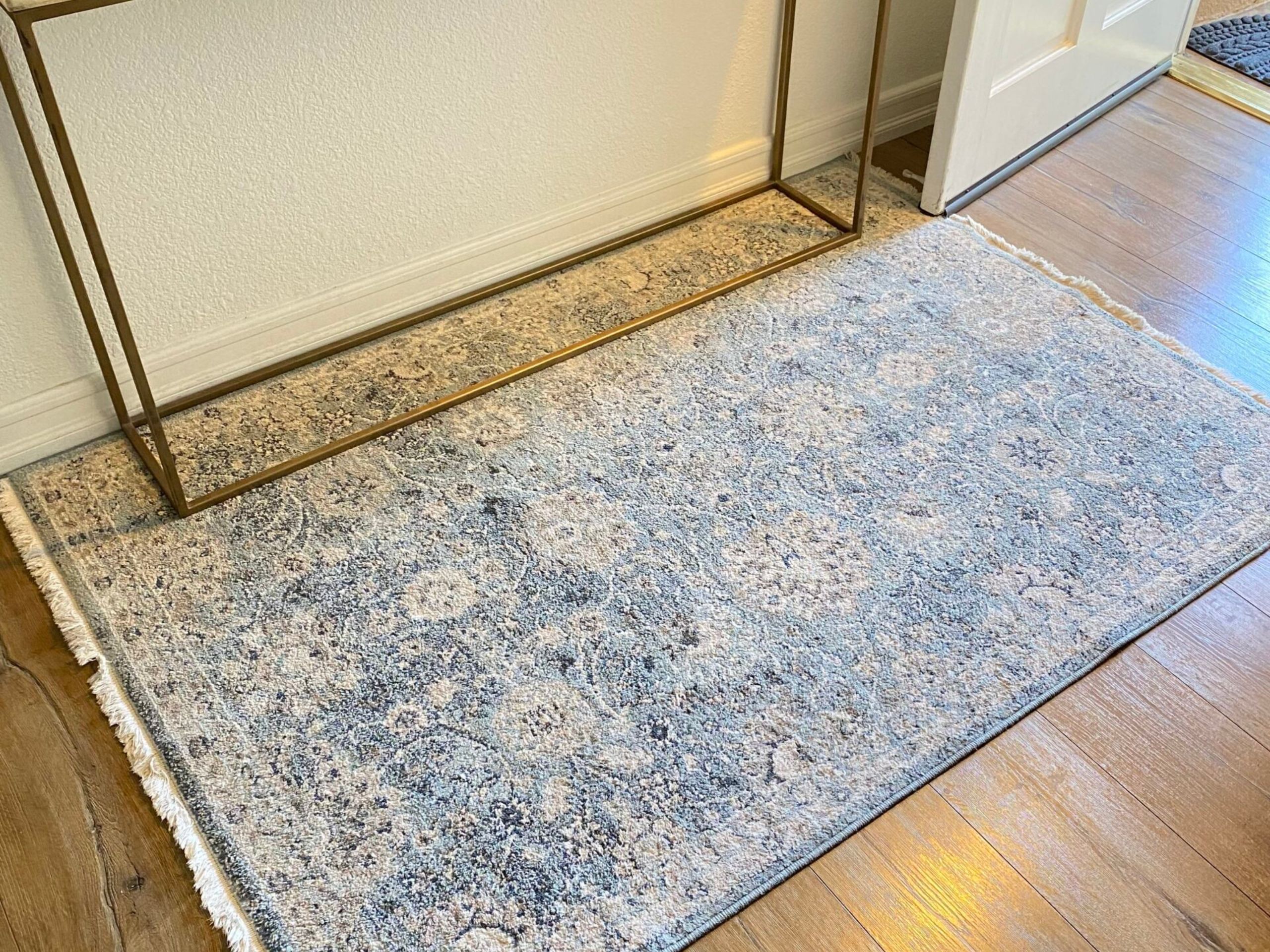
Superior Commercial Area Rug Cleaning in Orange County
OCD Home offers expert commercial area rug cleaning services in Orange County, designed to keep your business space looking polished and professional. Whether it’s an office, hotel lobby, or retail location, high foot traffic can cause a rug to accumulate dirt and stains, requiring specialized rug cleaning care.
Our team provides efficient and tailored cleaning solutions, ensuring minimal disruption to your operations. With flexible scheduling and eco-friendly products, we help you maintain a clean, inviting atmosphere that leaves a lasting impression on your clients and guests.

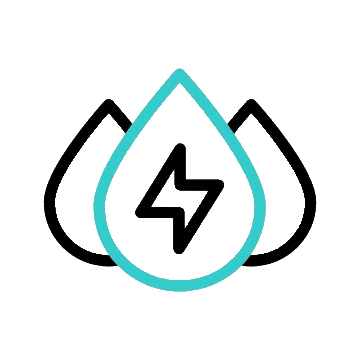
Our unique revolutionary process utilizes deionized water that contains zero contaminants, which acts like a natural detergent when cleaning to break down the bond of dirt and soiling without leaving behind minerals or particles.

Due to our exclusive cleaning method, proprietary products, and industry leading equipment, no residue is left behind so your surfaces look, feel, and smell better… and stay cleaner longer.
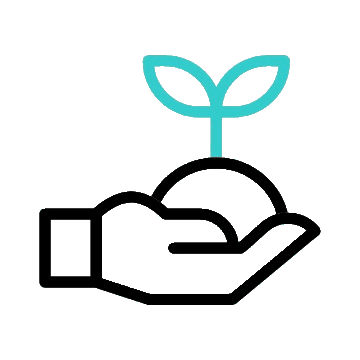
We use chemical free, fruit & plant based cleaning solutions that are Green-Seal Certified, making them healthy for your fibers and fabrics while being non-toxic and 100% safe for kids, pets, and allergies.
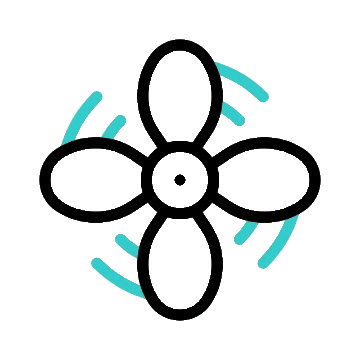
Our advanced drying process uses specialized tools to extract moisture from your rug, preventing issues like dye migration and pH alteration. With the help of UV rays, air movers, and dehumidifiers, we ensure your rug dries quickly and thoroughly.
We Offer Both On-Site and Off-Site Area Rug Cleaning in Orange County
At OCD Home, we offer two distinct approaches to rug cleaning—on-site and off-site—each designed to cater to the specific needs of your rug. Whether you need a quick refresh or a deep, restorative clean, we ensure that your rug receives the best care possible. Our on-site cleaning service is perfect for light to moderate soiling, allowing us to clean your rug right in your home using advanced equipment and specialized cleaning solutions. For a rug that requires more intensive care, such as those with heavy soiling, persistent odors, or delicate fibers, our off-site full immersion cleaning process is the solution. At our Rug Spa, we use state-of-the-art techniques and treatments to provide a thorough and gentle clean, ensuring the longevity and beauty of your rug. Whether you choose on-site or off-site cleaning, our trained technicians prioritize the cleanliness, safety, and satisfaction of your home, delivering exceptional results every time.
Our On-Site Cleaning Process
For regular maintenance cleanings, we offer on-site rug cleaning services that are ideal for lighter soiling, dirt removal, and general freshening up.
Our technicians begin by inspecting the rug to determine its material, condition, and level of soiling. We will assess whether there are any specific issues like pet urine or stains that need attention. Based on the assessment, we will proceed with the best cleaning method suited for your rug.
The rug is carefully dusted to remove fine particles like dirt, sand, and grit that could damage the fibers during cleaning. We use professional dusting equipment to ensure a thorough job. This step ensures that your rug is prepped for cleaning without dirt causing abrasion to the fibers.
Once the dusting is complete, we proceed with a surface cleaning. Our on-site cleaning method includes a combination of high-quality cleaning solutions, water, and gentle agitation to lift dirt and stains from the rug’s surface. The products used are selected based on your rug’s material to ensure no damage occurs while effectively removing contaminants.
After cleaning, the rug is carefully dried to prevent any moisture damage. Depending on the size and material of the rug, we use fans, dehumidifiers, and other drying tools to ensure the rug dries quickly and evenly. The goal is to ensure that the rug remains in excellent condition without causing any issues like dye bleeding.
Once the rug has dried, we inspect it again for any missed spots or remaining stains. We ensure that the rug is fully cleaned and odor-free. If needed, we gently groom the rug fibers to restore their natural look and texture.
If desired, we can apply additional treatments, such as a stain shield protector, moth repellant, or allergen treatment. These treatments help extend the life of the rug and protect it from future issues. Once applied, we ensure that the rug is fully dried and ready for use.
Our Off-Site Cleaning Process
For heavily soiled rugs, or those with special needs such as pet urine or moisture-sensitive fibers, we offer off-site cleaning at our Rug Spa.
Upon arrival at our Rug Spa, we begin by inspecting and tagging the rug with a unique identifier. This ensures that your rug is tracked throughout the entire cleaning process. We assess the rug’s material, soiling, and any specific issues (e.g., pet odors, staining, or fragility) to determine the best treatment method.
The first step in the off-site cleaning process is dusting. We use specialized equipment that employs harmonic vibrations to remove fine particles like sand, dirt, and grit that could damage the rug during washing. This step is essential for ensuring the fibers remain intact and color doesn’t degrade over time.
If the rug has been exposed to pet urine, we place it in a rug decontamination bath. This bath includes a special blend of enzymes, odor neutralizers, and oxidizing agents designed to break down urine crystals and eliminate odors. The treatment also works to reduce yellowing or browning caused by urine stains.
Once the dusting and any necessary decontamination have been completed, the rug is fully immersed in water. It is rinsed to remove soil, products, and contaminants. A specially formulated cleaning solution is then applied based on the rug’s material. We use both hand and machine techniques to work the solution into the fibers, gently agitating and lifting the pile.
The fringes of the rug are treated separately. We use gentle brushing and cleaning techniques to ensure the fringes are thoroughly cleaned and free of soil, stains, and grime.
The rug is rinsed as many times as needed to remove all soil, stains, pet urine and cleaning agents. We use high-pressure rinsing to ensure that all contaminants are removed and that no residue remains. This step is essential to ensure the rug is completely clean and free of harmful chemicals.
Once the rug has been thoroughly rinsed, the excess water is extracted using specialized tools. The rug is then placed on a drying rack in our temperature-controlled room. We utilize UV rays, air movers, and dehumidifiers to expedite the drying process, ensuring the rug dries quickly and evenly without damaging the fibers or colors.
After the rug is dry, it undergoes a final inspection to check for any missed areas, stains, or lingering odors. If the rug meets our high standards, we will groom it to restore the pile and texture. We can also apply optional treatments like stain shield protectors, moth repellents, or allergen treatments to keep your rug looking its best for longer.
Once the rug passes the final inspection, it is carefully packaged and ready for pickup or delivery. The rug is carefully wrapped in poly, tagged with your details, and placed on our storage rack until it’s ready to be returned to you.
OCD Home is Ready to Go the Extra Mile For Your Home
At OCD Home, we are committed to delivering the highest quality area rug cleaning services in Orange County and the surrounding area. Our expertise lies in selecting the most effective cleaning methods tailored to each rug, ensuring that it gets the precise care it needs.
As a family-owned local business, we take pride in providing outstanding customer service and top-tier area rug cleaning solutions. Our rug cleaning expert’s focus is on bringing back the beauty and freshness of your rugs with careful, detail-oriented attention to every aspect of the process.
At OCD Home, we specialize in providing expert area rug cleaning services throughout Orange County. Our skilled team is trained to assess each rug’s unique needs, choosing the most effective cleaning techniques to ensure your rug is treated with the utmost care.
As a locally-owned, family-operated business, we are passionate about delivering outstanding customer service and offering premium rug cleaning solutions. With a keen eye for detail, our team is dedicated to revitalizing your area rugs, restoring their beauty, and ensuring they remain in pristine condition.
Over the years, we have earned the trust of the community we serve, which has led to hundreds of glowing reviews for our area rug cleaning, and other cleaning services. These reviews reflect our exceptional workmanship, honest business practices, and commitment to superior customer service. Our dedication to excellence has earned us numerous awards, including being selected as the Best of Orange, recognized out of hundreds of companies in the area.
Our world-class service has also garnered us prestigious accolades like the Angie’s List Super Service Award and a spot on Best of Yelp. We are also proud to be a Google Guaranteed Partner, having passed Google’s rigorous application process, which includes background checks, licensing, insurance verification, and a review screening.
We are grateful for the continued growth of our business, which is driven by the loyalty of our repeat and referral clients. This ongoing success is a testament to the quality of our work and the satisfaction of those we serve.
We exclusively use Green Seal Certified and eco-friendly cleaning products, ensuring that your family, home, and pets are safe from harmful chemicals. Our area rug cleaning process effectively removes deep dirt, oils, and allergens, leaving your rugs purified and sanitized. With our expert stain removal techniques, we tackle tough stains like pet urine, coffee spills, and other stubborn marks, providing a deep clean that restores your rug’s beauty and hygiene.
Our “Every Inch Guarantee” means we stand by our work, ensuring that every fiber of your rug is cleaned to your complete satisfaction.
Our industry leading guarantee is simple: “If you aren’t satisfied with the service, we’ll make it right!” Whether that consists of re-cleaning requested areas, re-doing the entire job, repairing or replacing any damage, or refunding the bill completely, we are committed to providing 100% satisfaction for every customer.

Your Area Rug Cleaning FAQS in Orange County
At OCD Home, we specialize in cleaning a wide variety of rugs, including synthetic, wool, and specialty area rugs. We handle different types of materials such as cotton, silk, viscose, wool, polyester, nylon, polypropylene, and more. Whether your rug is an Oriental, Persian, or modern style, we have the expertise to clean it properly.
We offer both on-site and off-site cleaning services. On-site cleaning is ideal for rugs that only need surface cleaning, such as routine maintenance or light soil removal. Our professionals begin with rug identification and then pre-vacuum and apply a gentle, green-certified cleaning solution. On the other hand, off-site cleaning is recommended for heavily soiled rugs, those with pet urine or odor, or moisture-sensitive fabrics like silk or viscose. These rugs undergo thorough dusting, decontamination, and full immersion washing at our Rug Spa in Tustin
Yes, we offer specialized pet urine and odor decontamination services. After the initial dusting process, if your rug has pet-related issues, we treat it with special enzymes, oxidizing agents, and deodorizing properties to break down the odor-causing molecules. This process also addresses staining and prevents further damage caused by urine crystals and mold.
Our drying process is carefully controlled to prevent any issues such as dye migration or moisture trapped in the fringes. We use a combination of techniques to extract as much moisture as possible, followed by UV rays, air movers, and dehumidifiers to expedite the drying process. We also use moisture meters to ensure that the rug is completely dry before proceeding to the final inspection.
We offer both drop-off and pickup options for your convenience. You can drop off your rug at our Rug Spa in Tustin with no minimum job requirement, or we offer free pickup and delivery within Orange County for jobs with a minimum of $350.
The time required for cleaning depends on the size, material, and condition of the rug. On-site cleanings typically take a few hours, while off-site cleanings may take several days. For heavily soiled or delicate rugs requiring full immersion, the entire cleaning process, including drying, may take up to a week.
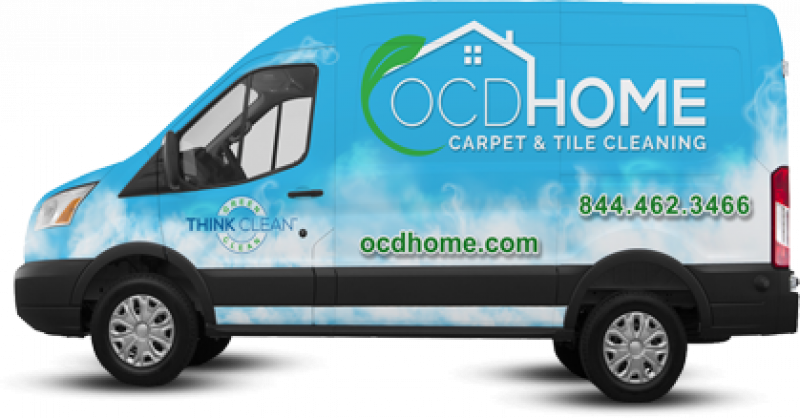
We understand that you may have questions about our area rug cleaning services, and we’re here to provide the answers! Below, you’ll find responses to some of the most common inquiries we receive, helping you feel confident in choosing OCD Home for your area rug cleaning needs. Whether you’re curious about our cleaning process, products, or the results we deliver, we’ve got you covered!





Why Choose OCD Home for Area Rug Cleaning in Orange County?
Trusting us for your area rug cleaning needs in Orange County means choosing excellence and reliability. Our dedicated rug cleaning experts prioritize customer satisfaction and outstanding results above all else. With years of experience and a commitment to using eco-friendly products, we guarantee a safe and effective cleaning experience that exceeds expectations. Choose OCD Home for a seamless and stress-free area rug cleaning service in Orange County tailored to your specific needs.
Commitment to Customer Satisfaction
Eco-Friendly Products
Years of Experience in the Industry
Reliable & Quality Results
Safe & Effective Cleaning Solutions
Services Tailored to Your Needs
Orange County Professional Area Rug Cleaning Service And More
At OCD Home, we’re proud to offer more than just area rug cleaning in Orange County. Our extensive selection of professional cleaning services is tailored to make every corner of your home shine. Serving Orange County and the nearby areas, our skilled rug cleaning professionals approach each service with meticulous care and attention to detail. We’re committed to delivering remarkable results, whether we’re providing expert rug cleaning service in Tustin or tackling any of our other services. With a focus on customer satisfaction, we ensure your home is treated to the highest standard, leaving it refreshed and beautiful.
Area Rug Cleaner Near You!
OCD Home is your trusted partner for area rug cleaning in Orange County, and the surrounding neighborhoods! Our rug cleaning service specializes in refreshing and restoring every type of rug, from a delicate wool rug to modern synthetic runners. With a strong commitment to quality and attention to detail, we ensure your rug receive the care they deserve. See the full list of areas we serve and schedule an area rug cleaning service in Orange County today!

